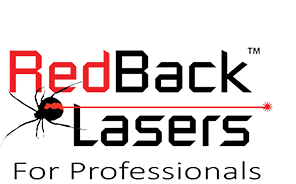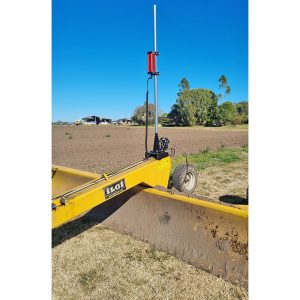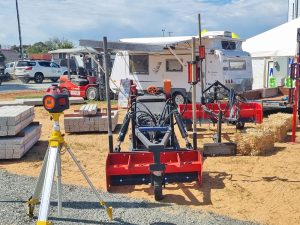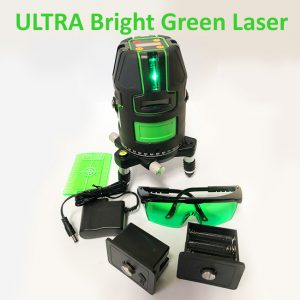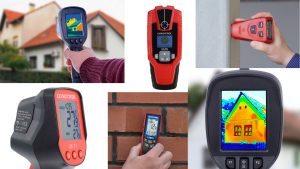Laser Level Classifications
Lasers have been classified internationally on the basis of how safe they are to use. There are also Australian standards in the use of lasers in the construction industry. Here I will outline the basics and try to clear up some misunderstandings. Laser Safety Classifications.
A Basic Guide to Laser Safety Classifications.
Australian Standard AS/NZS 2211.10 (2004) outlines the various classifications which have been adopted internationally. Class1 are extremely safe as they have very low power output insufficient to cause damage under “reasonably foreseeable conditions”.
Class2 are also extremely safe, they have a greater power output. However, the human blink reflex will prevent any damage to eye sight under most circumstances. Class 3R (formally 3A) emits greater power again and there are potential hazards particularly if viewed through a telescope or similar and finally class 4 which are strong enough to burn objects.
In the Australia construction industry only Class1, Class2 and Class3R (formally class3A) can be used. This is covered in the Australian Standard AS 2397 (1993). Note this standard was written prior to the change in the classification so references to class3A can be read as class3R.
Class1 laser levels are few and far between due to the very limited range that the power output can produce, in fact I am not aware of any available on the market at present, the last one I saw was an old spectra precision and it had a very limited range of 60m in one axis and 100m in the other making very limited for larger construction jobs. There are no real special safety precautions for this class of laser.
Usage of Laser Levels
The majority of laser levels on the market are class2 and are mainly red visible beams. These are in a variety of formats such as; rotating lasers, line lasers and dot lasers. The Australian standard for this class state very basic safety precautions such as “don’t stare into the beam”. Display warning signs where access to the beam is possible (setting the beam out of reach of eye height negates this requirement). Nominating a Laser Safety Officer (no certification required) to determine the lasers are being used in a safe manner. Finally line or dot beams are terminated (as most line and dot lasers are used indoors they are automatically terminated) so as not to shine out of the work site.
Class3R (3A) have the same requirements as class2 plus the need to terminate rotating beams (prevent shining off site). Prevent shining laser onto mirrored surfaces, set up so that operators of optical devices such as theodolites or dumpy levels cannot see the beam (set up above or below level of view). plus a couple of other points such as prevent unautherised use by removing batteries etc.
In conclusion all lasers levels with class1,2 and 3R(3A) are approved for use on Australian construction sites. However, appropriate basic precautions as outlined are required to be followed.
